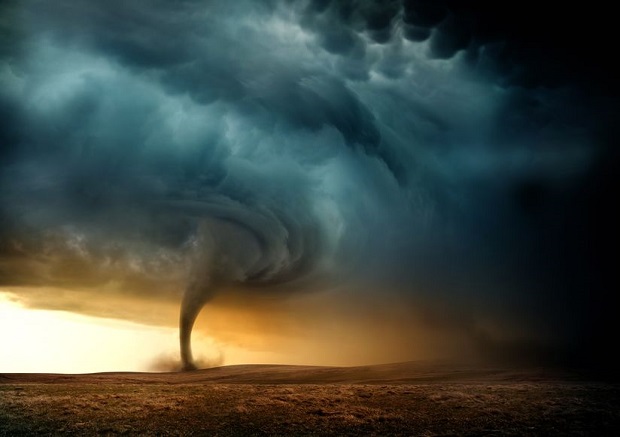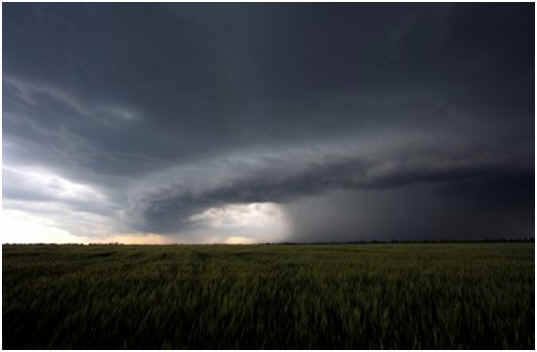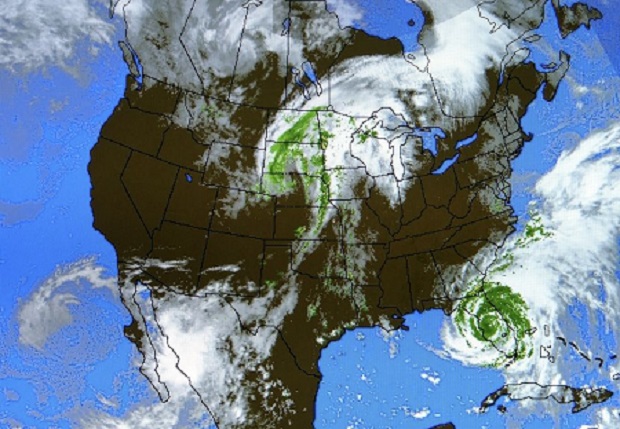
How Are Tornadoes Classified?
Since 2007, the United States has classified tornadoes using the Enhanced Fujita Scale, also called the EF Scale, which employs estimates of tornado strength based upon wind strength and the damage that it causes. The National Weather Service is the only federal agency with authority to provide official tornado EF Scale ratings in the US.
Original Fujita Scale (F-Scale)
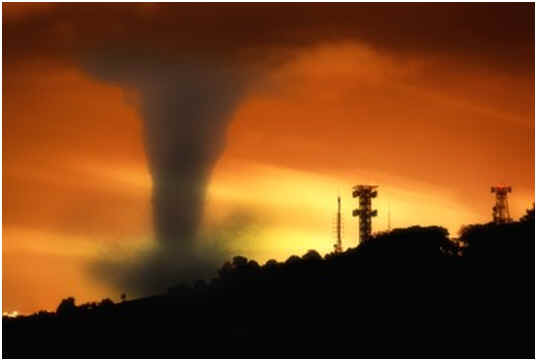
The most commonly used method for classifying tornadoes before 2007 was the Fujita Scale, named for the meteorologist who first developed it. It is difficult to determine the wind speed inside a tornado accurately. Therefore, the original Fujita Scale estimated the strength of a tornado based on the damage it caused instead of attempting to estimate the actual wind speed. Storms were rated on a scale of EF-0 through EF-5.
The way that the original Fujita Scale assessed damage left much for interpretation and more room for error. For example, according to the scale, an F1 tornado, which is considered weak, described moderate damage as roof surfaces peeled off, mobile homes pushed from foundations or overturned, and moving autos pushed off-road.
Enhanced Fujita Scale Classification
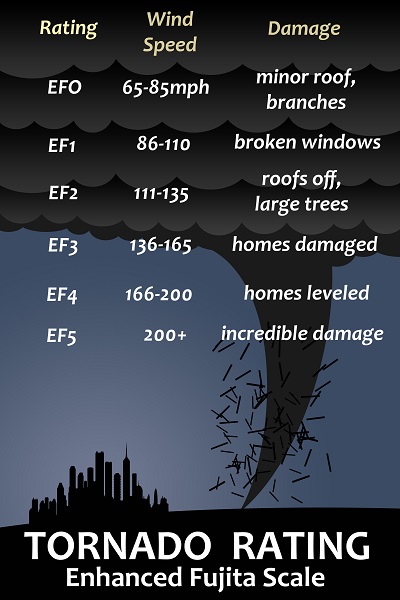
The original Fujita Scale was updated in 2007 to include wind speed estimates and damage. Tornadoes are now rated on a scale of EF-0 through EF-5. The Enhanced Fujita Scale takes estimates further by comparing damage surveyed to an extensive list of set Damage Indicators matched with Degrees of Damage that consider factors such as the construction of a building as well as upper and lower bound wind speeds.
In assessing damage, the Enhanced Fujita Scale lists 28 Damage Indicators to match against the degrees of damage the tornado caused, which helps to assess the damage more accurately.
For example, one damage indicator is hardwood trees. The degree of damage is “1” if small limbs less than 1” in diameter are broken. The degree of damage is “2” if larger branches, 1-3” in diameter, are broken, and so on. The degree of damage is “5” if trees are debarked with only stubs of the largest branches remaining.
Resources
National Weather Service – National Oceanographic and Atmospheric Administration
“Severe Weather Awareness – Tornado Classification and Safety”
https://www.weather.gov/mkx/taw-tornado_classification_safety
National Weather Service – National Oceanographic and Atmospheric Administration
“Appendix: Fujita Scale or F Scale of Tornado Damage Intensity”
https://www.weather.gov/oun/efscale

